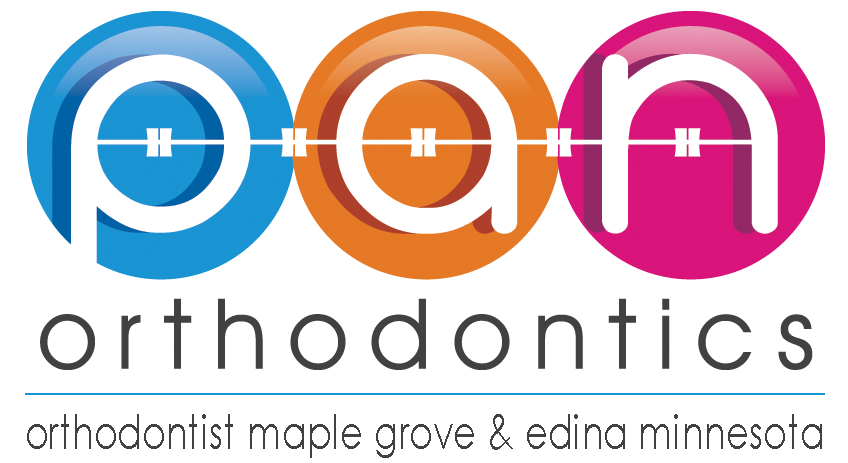Ortho Appliances - Archwire
In orthodontics, an archwire is a wire that conforms to the alveolar or dental arch. It can be used along with dental braces in order to correct irregularities in the teeth’s positioning. In addition, an archwire can be used to maintain existing dental positions. In these cases it is used as a retainer.
Orthodontic archwires are often fabricated from various alloys. This commonly includes stainless steel, nickel-titanium alloy and beta-titanium alloy.
Noble Metal Alloy
Noble metals which includes gold, platinum, iridium, silver and their alloys, were often used from the beginning of Orthodontics due to their strong ability to resist corrosion. Some of the other benefits of these alloys include a high ductility, variable stiffness, high resilience and the ease of soldering. Some of the disadvantages of the alloys include less elasticity, less tensile strength and more expensive. The composition of both platinum and palladium raised the melting point of the alloy which gave it the ability to resist corrosion. Copper material, in addition to the cold-working of the material, gave the strength to the alloy. The alloy composition of the wires made from noble metals is Gold at 55%-65%, Platinum at 5-10%, Palladium at 5-10%, Copper at 11-18% and Nickel at 1-2%. The composition of these metals was similar to the Type IV Gold casting alloys. In 1887, Edward Angle first introduced the German Silver to orthodontics. This occurred when he tried to replace the noble metals that were previously used. At that time, John Nutting Farrar condemned Angle for using a material that could result in discoloration in the mouth. In 1888, he began adjusting the alloy composition based on the German Silver. Unfortunately, Angle's compositions were extremely challenging to reproduce and as a result, the use of Silver-based alloys did not gain popularity in orthodontics. Angle was also known for using materials like rubber, vulcanite, piano wire and silk thread.
Stainless Steel Archwire
In 1929, stainless steel was introduced as a material to make appliances with. This was the first material which was truly able to replace the use of noble alloys in the Orthodontics field. Steel wire alloys, compared to the noble metals, were also cheaper. In addition, they had better formability and could be readily used to be soldered and welded for the fabrication of complicated orthodontic appliances. Chromium, in this stainless steel alloy, forms a thin oxide layer which works to block the diffusion of oxygen into the alloy. This ultimately allows the alloy to be corrosion resistant. Angle used stainless steel in his final year of practicing orthodontics and used it as a ligature wire. Emil Herbst was not supportive of using stainless steel based alloys. According to Herbst, he preferred using Noble alloys over stainless steel. By 1950, 300 series stainless steel alloy was used by most orthodontists in United States.
Stainless steel archwires are stiff, have low springiness, are resistant to corrosion, have a low range and good formability. They wires are also often cheaper than the other archwires and can be easlity used as working archwires in an orthodontic treatment plan. Closing spaces following an extraction is often completed through the use of archwires.
Multi-Strand Stainless Steel archwires
This type of stainless steel archwire is comprised of multiple 0.008 in SS wires which are coiled together. There are 3 types of steel archwires: Coaxial, Braided and Twisted. The coaxial type of archwire involves six strands of 0.008 in strands which are coiled together. The braided archwire includes eight strands and twisted archwire includes three strands. These wires can be formed as either a round shape or rectangular shaped stainless steel wire. These wires are drastically different from the traditional stainless steel archwires that were previously used. They have a low stiffness and can be used for the initial leveling and aligning stage in orthodontics. Due to their lower elastic limit, however, they can be easily be deformed with other forces such as food.
Pan Orthodontics Philosophy
To treat our patients as our families and to treat others as how we want to be treated. From your first phone call to the moment your new smile is born, everything in our office is set up to ensure an excellent experience with us. We will always listen to you and improve with your suggestions.
Featuring The Latest Orthodontics Technology
Our Commitment to You
We will continue to keep up with the ever growing digital technologies to improve your orthodontic experience. We also commit to always help you find the most convenient time for your visit with us.




